Gov. Mark Gordon has announced Wyoming will petition the feds to remove grizzly bears in and around Yellowstone from protection under the Endangered Species Act — again.
The state has tried to delist grizzlies twice before under both the Obama and Trump administrations with support from a coalition of experts and biologists from Idaho, Montana, and a variety of federal agencies, but previous attempts have been struck down in court.
Grizzly bears were originally listed as a threatened species in 1975, but they have made a tremendous comeback in and around Yellowstone, a region known as the GYE (Greater Yellowstone Ecosystem). There were once 50,000 grizzly bears here with a natural range that stretched from Missouri to California and from Mexico to Alaska. By 1975, there were only 136 grizzlies in Yellowstone.
Yellowstone is one of six recovery ecosystems for grizzly bears in the lower 48. The US Fish and Wildlife Service developed a recovery plan for GYE grizzlies in 1982. It was revised in 1999 when the bears had met the plan’s delisting criteria: a population exceeding 500 animals with “at least 48 females with cubs-of-the-year” for three consecutive years.
Today, the GYE is home to more than 1,000 grizzlies.
As numbers have recovered, the bears have frequently wandered from their core habitat in and near Yellowstone National Park. As a result, negative encounters between grizzlies and people, pets, and livestock are on the rise.
Try, Try, and Try Again
Wyoming’s forthcoming petition will be the third attempt in 13 years to delist the species. The most recent attempt came in 2017 when President Donald Trump removed GYE grizzlies from Endangered Species Act (ESA) protection. The decision transferred grizzly management in the area to the state level, allowing Wyoming, Montana, and Idaho to take the lead in managing their own bear populations. Wyoming officials were planning the state’s first public grizzly hunts in over 40 years before a coalition of environmental groups and Native American tribes filed a lawsuit to reverse the delisting.
“Grizzly bears have expanded beyond those places that would be considered biologically and socially suitable. Right now, the state doesn’t have any way to proactively manage those bears and to control that expansion.”
In September 2018, US District Judge Dana Christensen ruled in favor of the plaintiffs and restored ESA protections for grizzlies in the lower 48, claiming concern for the recovery of the species beyond the GYE. Christensen also said that “the service’s analysis of the threats faced by the Greater Yellowstone grizzly segment was arbitrary and capricious.” The decision was appealed and later upheld by the 9th US Circuit Court of Appeals in July 2020.
Under the ESA, anyone can submit a written petition requesting a change in a listed species’ status. They can also petition for a distinct population segment to be removed from the list. Wyoming is now requesting exactly that for the GYE grizzlies. In a press conference held Sept. 16, Gov. Gordon said the state has addressed the two main issues raised in Judge Christensen’s ruling and he feels confident the federal government will grant Wyoming’s request.
The state will submit its petition in the coming weeks. From there, the US Fish and Wildlife Service will have 90 days to determine if it will sanction delisting grizzly bears under the ESA in Wyoming, Montana, and Idaho. If the answer is yes, the agency will then have a full year to announce a final decision regarding the request.
Animal rights groups and environmental groups are poised to jump into another legal battle if the agency removes protections for GYE grizzlies. The Center for Biological Diversity has already released a scathing criticism of Wyoming’s petition.
“Federal officials should reject this outrageous request, which aims to turn Wyoming’s imperiled grizzly bears into trophy hunting targets,” said a statement issued by the organization. “Wyoming, Idaho, and Montana have shown repeatedly that they’ll do anything to appease special interests like the agricultural industry and trapping associations. These states just can’t be trusted to manage grizzly bears.”
Future Hunting Opportunities?
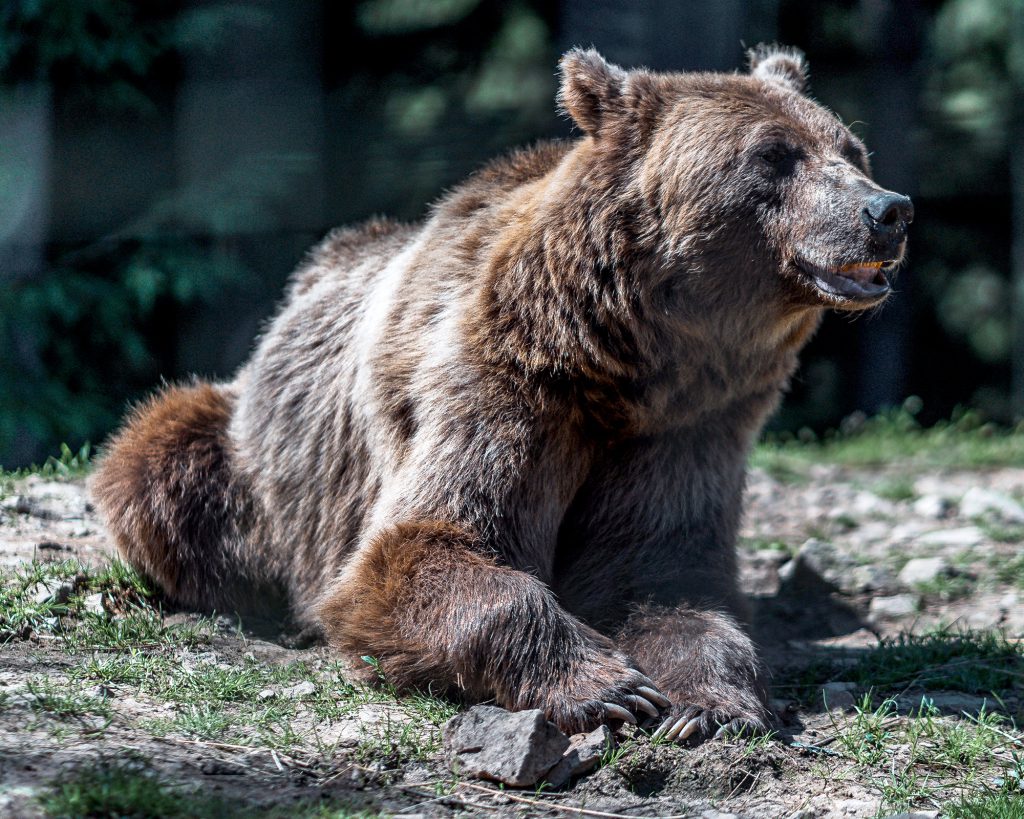
Merely delisting Wyoming’s grizzlies would not guarantee future public hunting opportunities; it would move management to the local level and provide people who live and work near the grizzlies a voice in resolving issues with these apex predators.
At a Sept. 16 news conference, Brian Nesvik, director of the Wyoming Game and Fish Department, explained that each year the department kills as many as 35 grizzly bears that attack livestock, destroy property, or cause other problems with humans.
“Grizzly bears have expanded beyond those places that would be considered biologically and socially suitable,” Nesvik said. “Right now, the state doesn’t have any way to proactively manage those bears and to control that expansion. Essentially, it’s very much a reactive response that we have under federal management.”
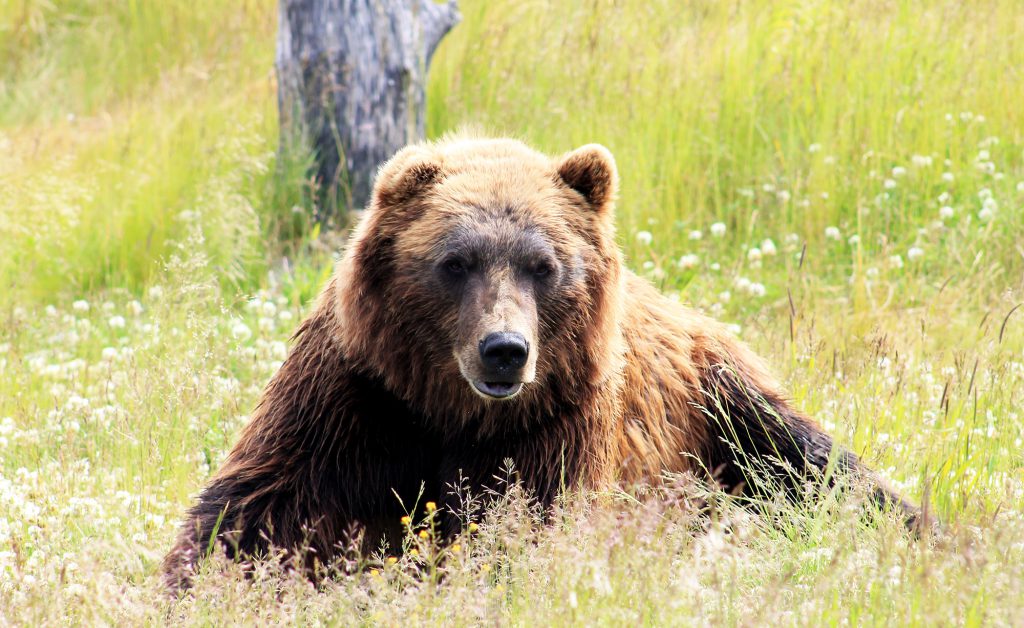
If GYE grizzlies were under state management, the Game and Fish Department could potentially implement a limited hunting season to help control the expanding grizzly population with hunters covering most of the cost of bear removal and management rather than taxpayers.
The US Fish and Wildlife Service advised against a change to the current listed status in March, which is contrary to the service’s previous recommendations under both the Trump and Obama administrations. Although the Yellowstone area bear population is booming, the service says delisting could endanger more fragile grizzly populations in other areas, echoing Judge Christensen’s concerns.
Wyoming Game and Fish fully supports the delisting and acknowledges Wyoming’s qualified grizzly managers and their ability to keep the population within safe healthy limits.
“The citizens of Wyoming have already contributed over $40 million to grizzly conservation and recovery. We need to recognize the commitment of Wyoming stakeholders such as sportsmen, ranchers, conservationists, outdoor recreationists, and other users of the Greater Yellowstone Area,” the department states on its website.
Wyoming already has a solid plan for managing its grizzlies with its approved Wyoming Grizzly Bear Management Plan from May 2016, which outlines how the state would manage the grizzly population if and when they are removed from ESA protection. The plan also includes regulated hunting “when and where appropriate.”
“We have proved time and time again that we are experts in wildlife conservation for our state’s valued and iconic species. It’s time for grizzly bears to be returned fully to the states for management, as our citizens have supported recovery efforts and seen monumental success,” Gov. Gordon said.
Read Next: What You Need To Know About Yellowstone Grizzly Attacks

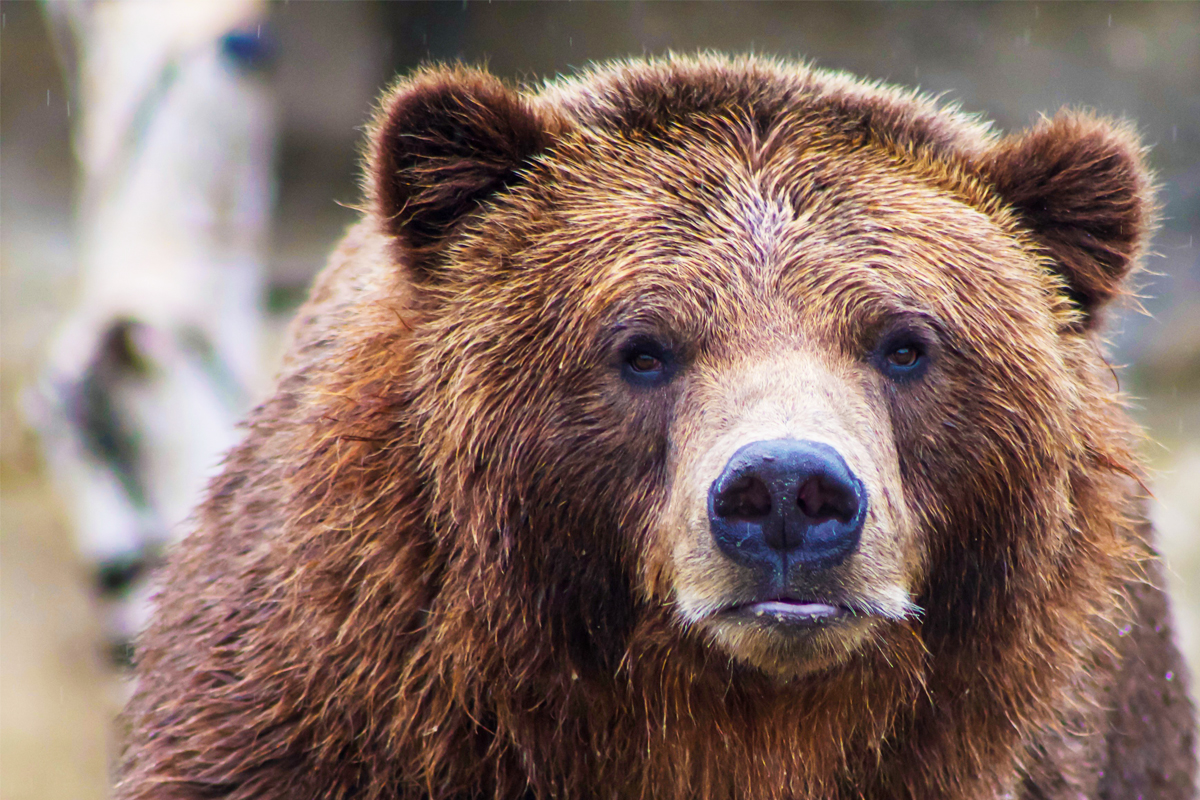

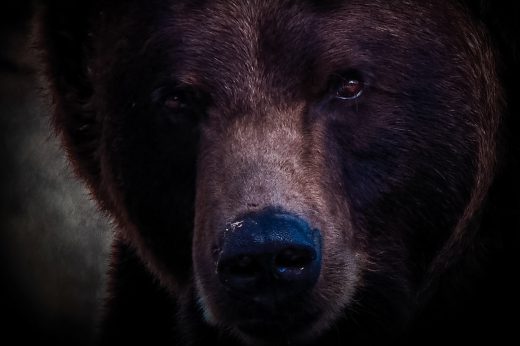

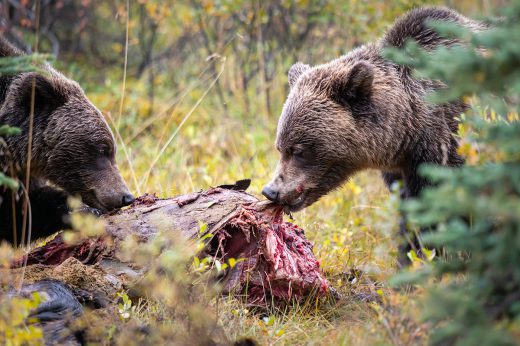


Comments